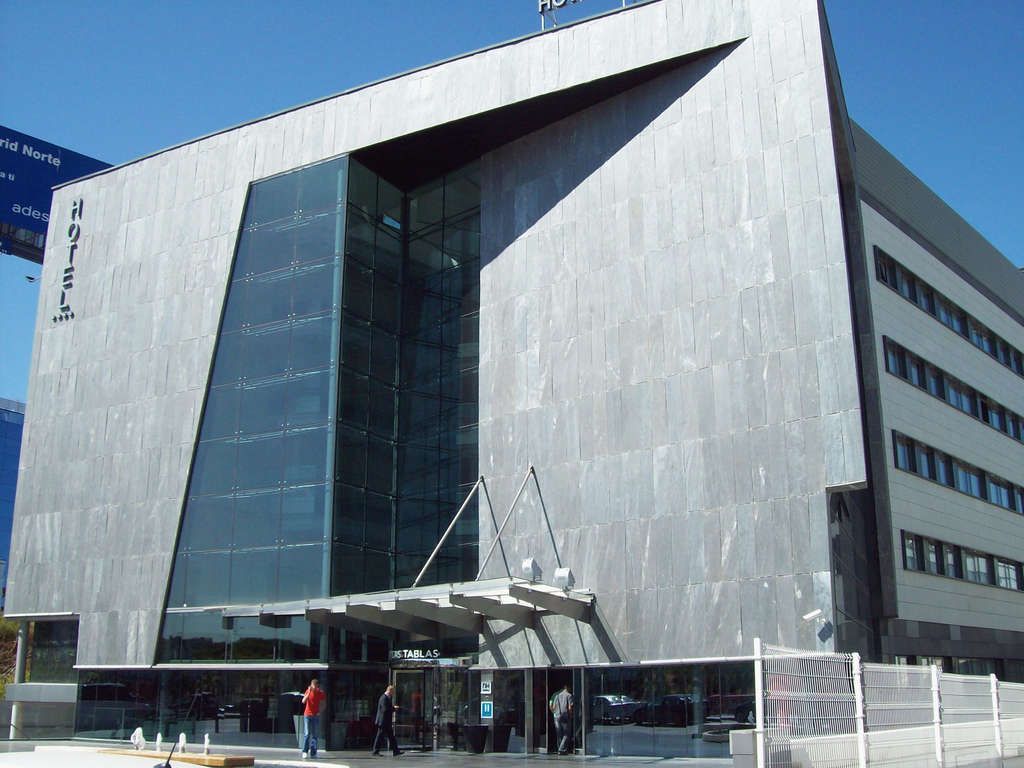
5 Hidden Benefits of Precast Concrete Structures
If you are wondering about the benefits of precast concrete, then you have come to the right place. Read on to find out!
What is the concept of precast?
Precast concrete is a type of construction in which concrete is cast in a reusable mold or “shape,” then cured in a controlled environment before being transported to the job site and lifted into place. Precast concrete structures are produced in a controlled environment (a precast plant), allowing it to cure and be supervised by plant employees.
Precast concrete shaping systems for architectural applications come in various sizes, functions, and price ranges. The benefits of using precast concrete include improved material quality when formed under controlled conditions and lower costs of building large forms compared to concrete poured on-site. It’s often used to construct buildings with a consistent design and elements, including schools and apartments.
You can check out precast concrete products here
Every construction material and system has unique properties that affect the shape, span length, construction depth, and stability system, among other things. This holds for precast concrete as well. Not only when compared to steel, wood, and masonry, but also when compared to cast-in-place concrete.
Strong or hollow cores can be found in precast concrete members. The cross-sections of many precast parts are smaller than those of cast-in-place concrete. Standard or lightweight concrete may be used in precast concrete. Both precast unit joints should theoretically be made in such a way that the finished precast structure has the same definition as an in-situ structure. But, this is a flawed strategy that is both time-consuming and expensive.
Now that you have a clear idea about precast concrete let us see the hidden benefits of precast concrete structures.
Construction time and costs are reduced
The precast concrete building saves time and money by reducing the possibility of project delays and financial losses. While the construction site is being surveyed or earthworks are being completed, precast design and development of elements will begin. Owing to the controlled climate of the casting field, production is also unaffected by weather conditions. The use of large precast panels would also cut down on the time it takes to finish the structural work. As a result, other trades like painting and electrical wiring will get started faster.
To create a structural element in the traditional construction process, time-consuming tasks such as formwork, scaffolding, and curing are required. Structural components are manufactured in manufacturing plants while other building activities occur on the job site in the precast concrete construction process. When structural elements are required, they are delivered to the job site and continuously assembled, forming the structural frame and enclosing the structure.

High quality and aesthetic value of products
Precast products are made in a casting area where critical factors such as temperature, mix design, and stripping time can be closely monitored and regulated, ensuring that precast products are superior to cast-in-situ concrete in terms of quality. By avoiding the need for rectification work, a significant amount of money will be saved.
Due to the factory-controlled prefabrication environment, a wide range of color and texture combinations can be easily applied to architectural or structural parts. Precast parts can be produced in a wide variety of sizes and shapes, giving the designs more versatility and a more modern appearance.
Construction areas that are cleaner and safer
The use of precast elements reduces or removes the need for traditional formwork and props. Precast construction also reduces waste on the job site and the associated environmental issues. Staff may also function on a secure platform thanks to the prefabricated goods. Construction sites often see a significant reduction in workers and materials. The precast elements are held at the factory yard until the site is ready for installation, using Just-in-Time principles.
A greater expanse of unobstructed space
Precast prestressed solutions, such as hollow core slabs and double-T beams, have more unobstructed spans than traditional reinforced concrete components. There will be more open space if there are fewer beams and columns. It’s perfect for building places of worship, factories, halls, parking lots, stores, and offices.
Reduced overall building costs
Higher product value, minimized construction time & cost, and other benefits directly improve efficiency, quality, and protection by simplifying construction processes. As a result, the overall building costs are significantly reduced.
Precast concrete structures thus can work wonders on the overall building project. They come with a lot of benefits and are extremely versatile and flexible.




